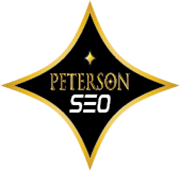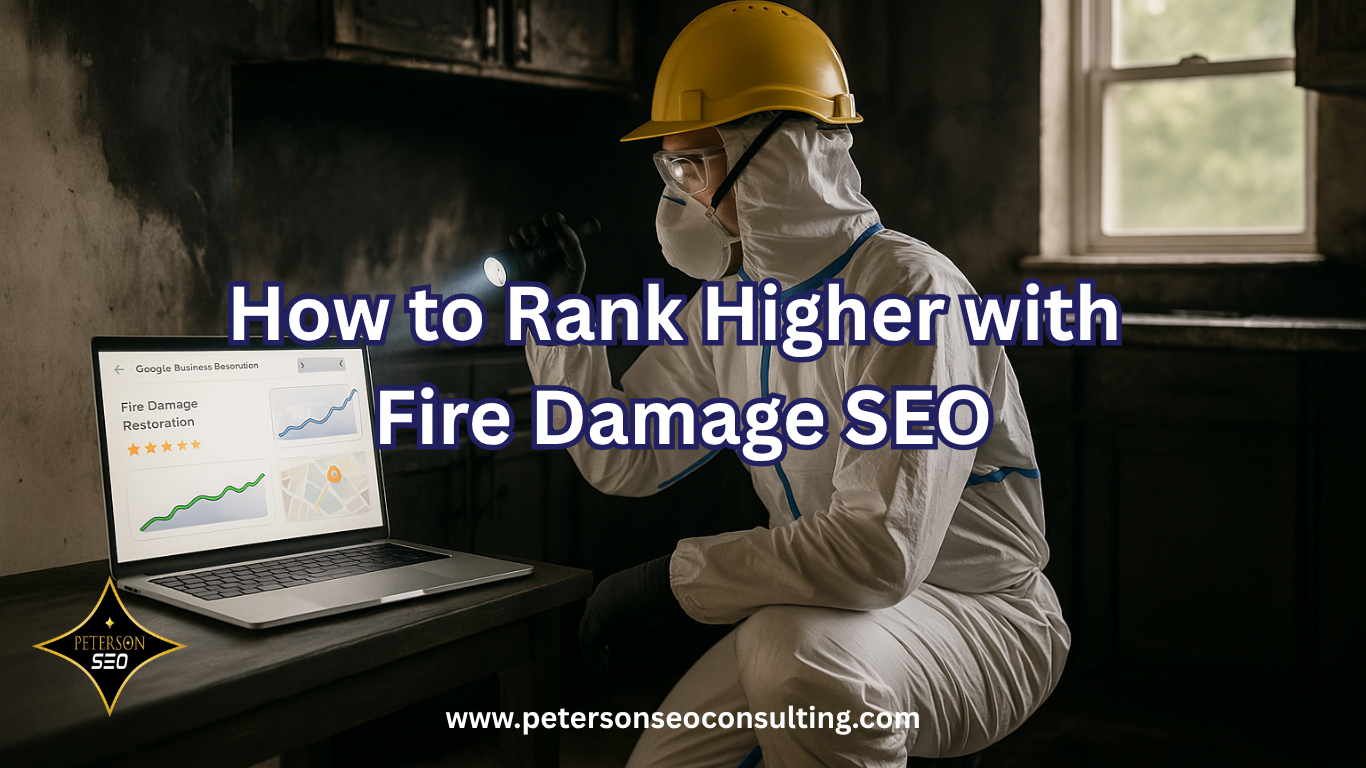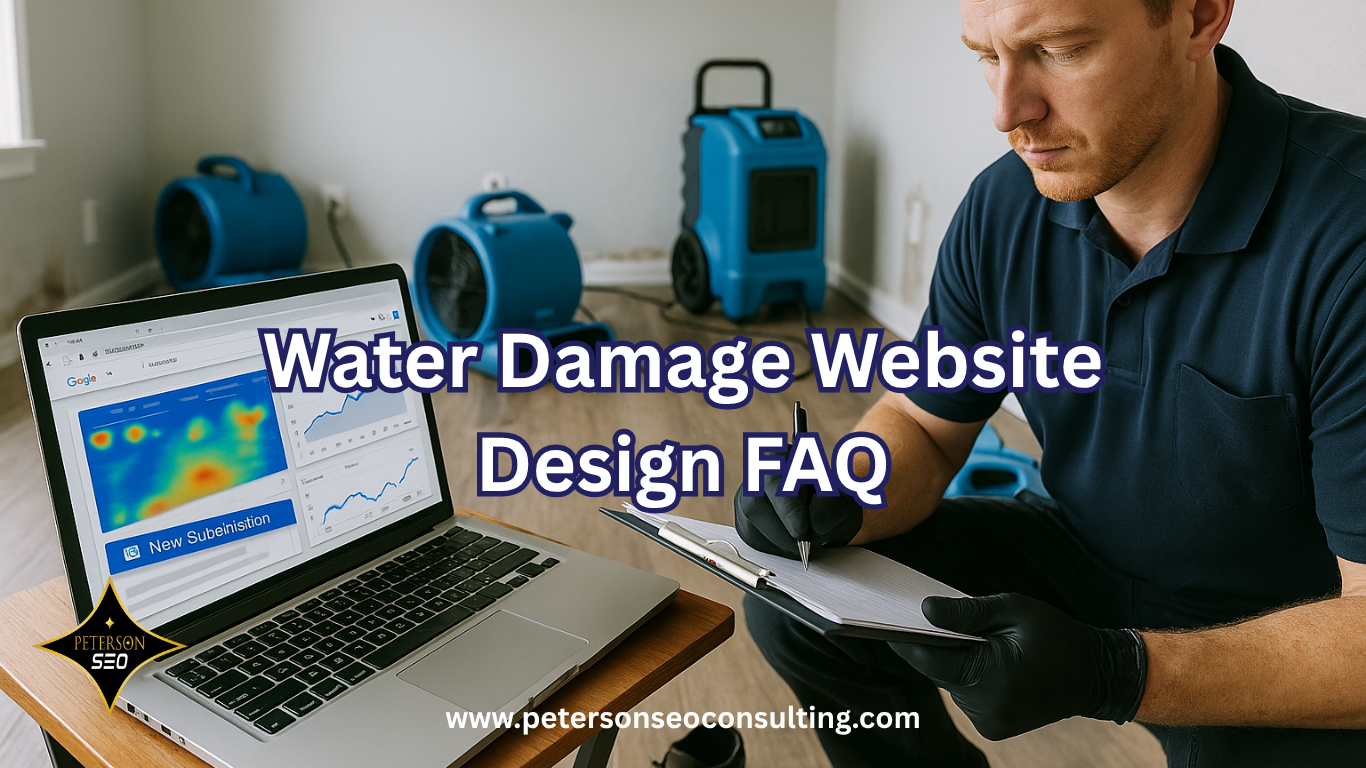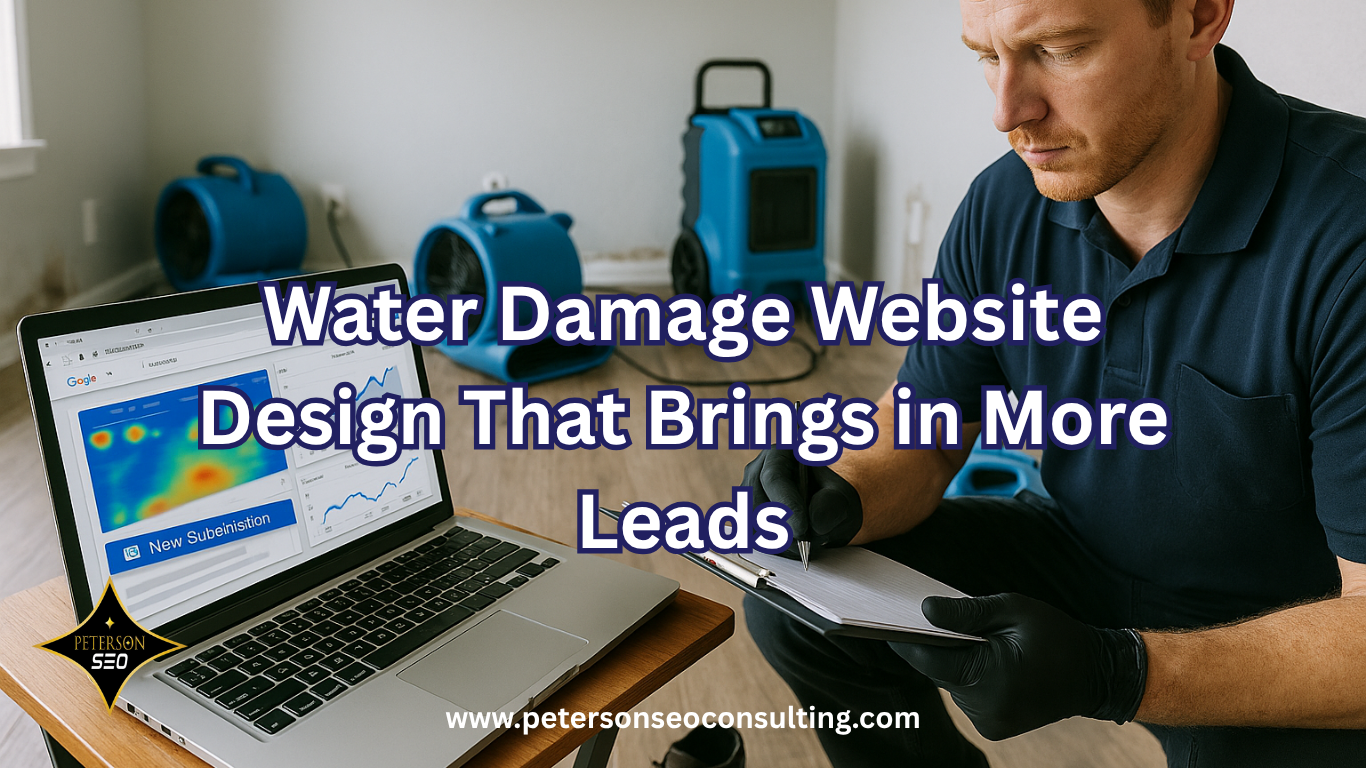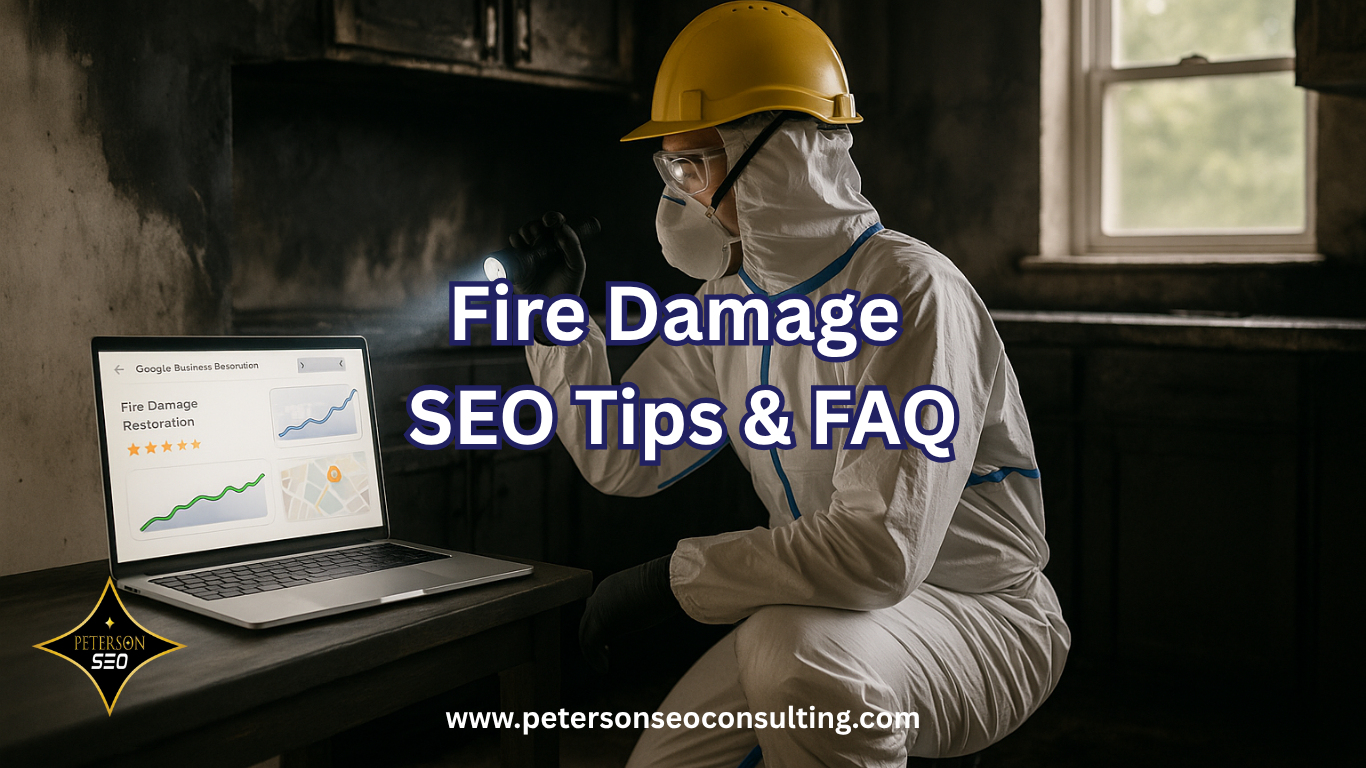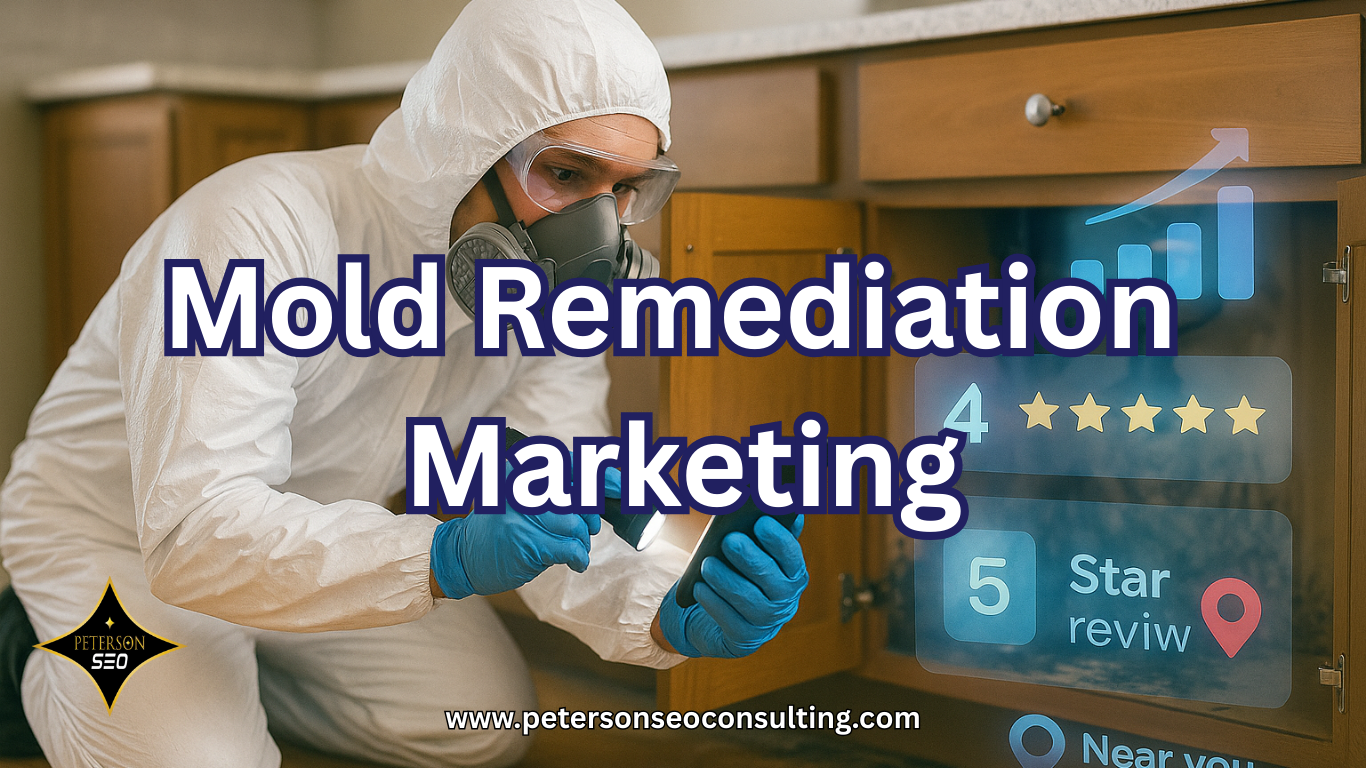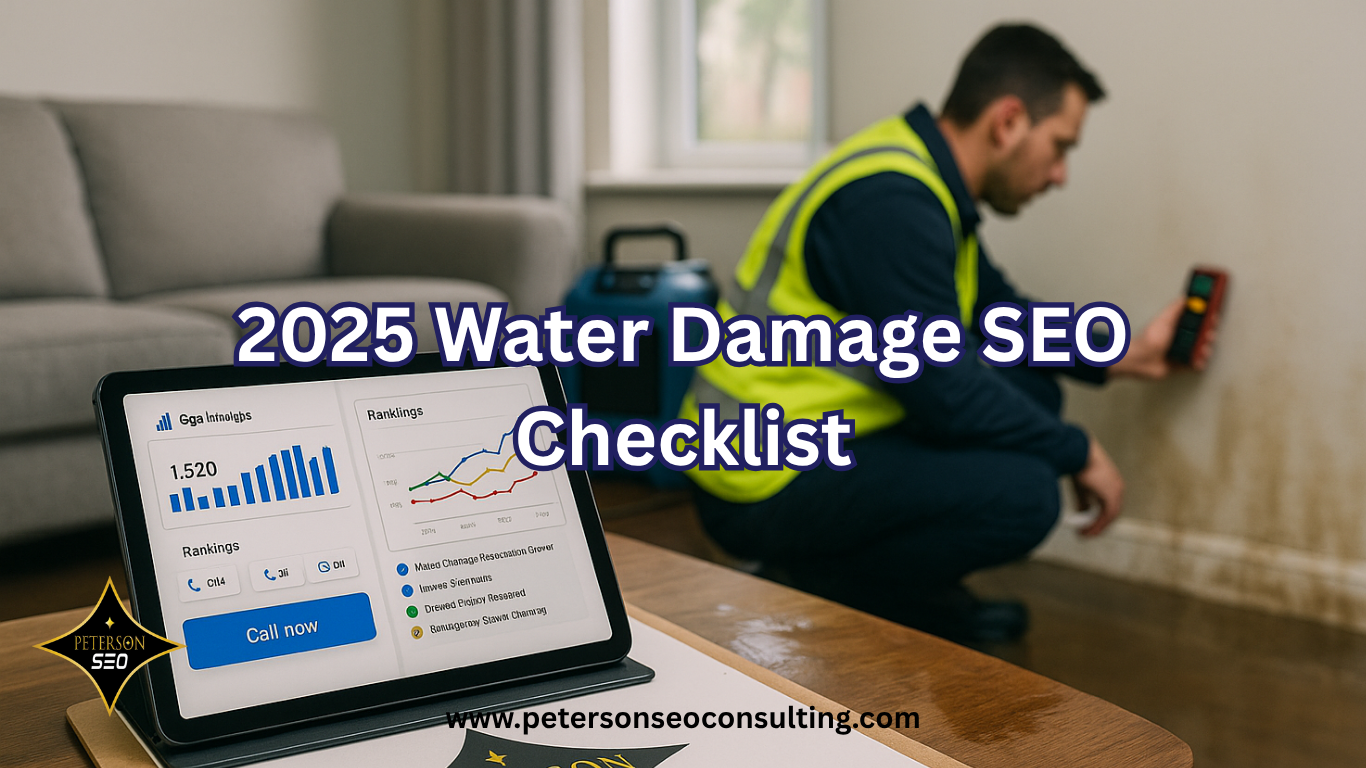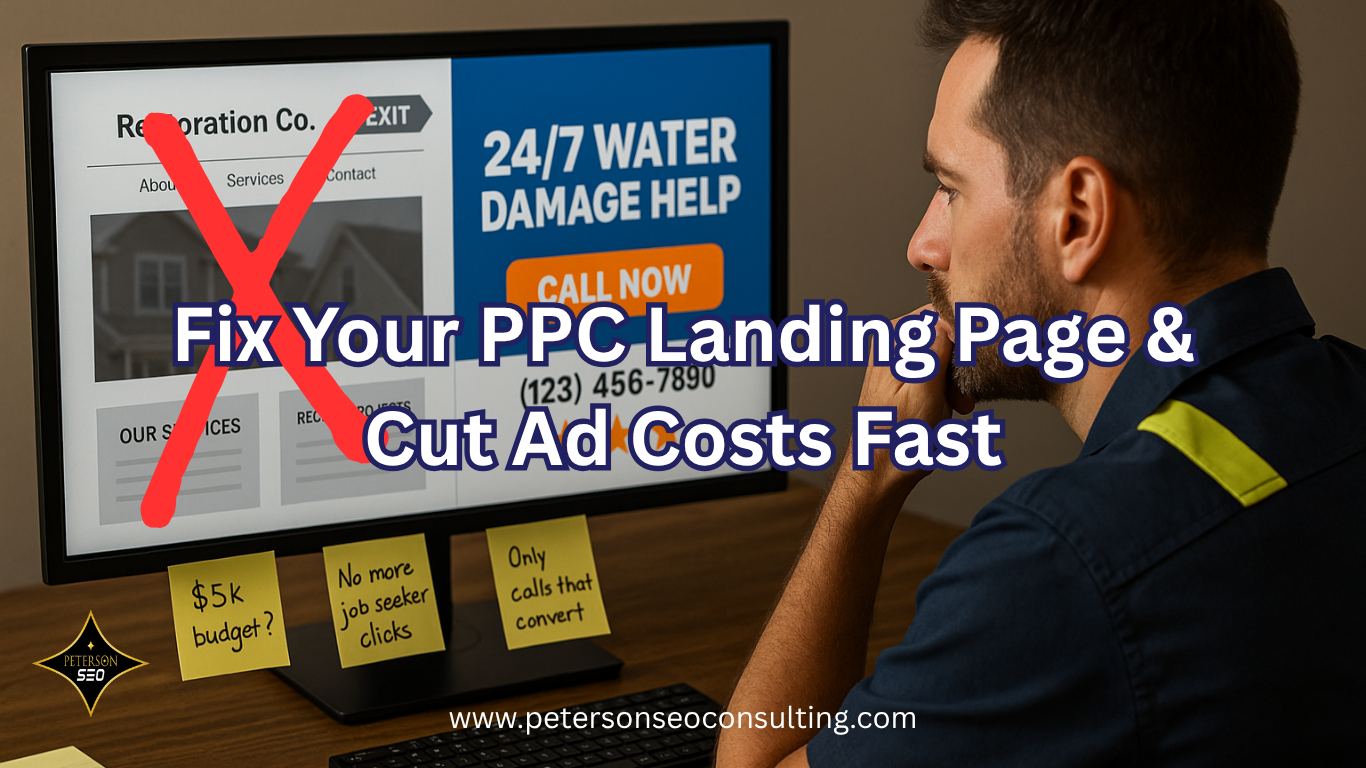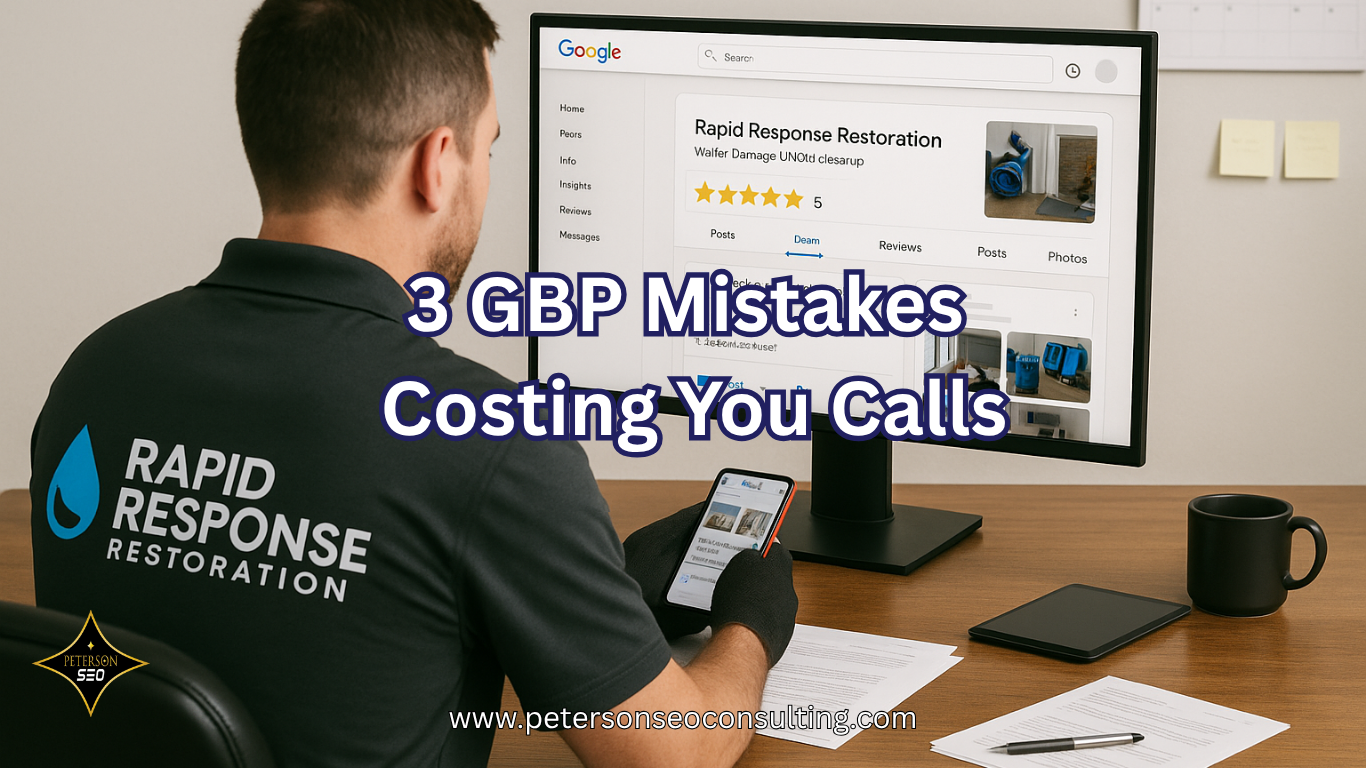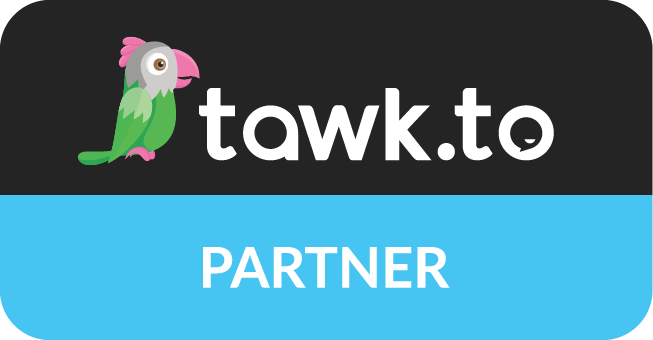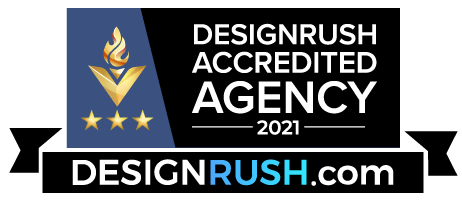Fire Damage SEO: Get Found Fast When Every Minute Matters
July 20, 2025 | Chico, CA | Albuquerque, NM | USA
If you’ve been in the restoration world long enough, you already know that fire damage jobs are some of the most urgent—and the most emotional. When someone’s house or business goes up in smoke, they’re not casually browsing for contractors. They’re on Google, looking for help right now. If your company isn’t showing up when they search, you’re missing some of the most high-value jobs in the industry.
That’s where fire damage SEO comes in. This isn’t just about traffic—it’s about trust, timing, and being the first name someone sees when they need real help. Unlike other types of restoration work, fire and smoke damage jobs demand a different kind of strategy. In this article, we’ll break down how to build that strategy—from your content and Google Business Profile to your backlink game and more.
Why SEO Is a Game Changer for Fire and Smoke Damage Leads
The Difference Between Fire Damage Leads and Other Services
Water damage is urgent. Mold is serious. But fire damage? That’s devastation. Most homeowners or business owners dealing with fire loss are in a state of panic. They’re looking for someone who can show up fast, communicate clearly, and help guide them through the next steps. That means the keywords they search—and the pages they land on—need to reflect that urgency and trust factor.
You’re not just selling a cleanup service. You’re selling peace of mind. If your SEO isn’t tailored to that mindset, you’re going to lose out to the competitors who are. That’s why your fire damage SEO has to be more than generic. It needs to be specific, emotional, and structured to match exactly what the customer is going through.
Another thing to consider: some contractors still use the old-school method of showing up at fire scenes after listening to police scanners—like ambulance-chaser lawyers. They knock on doors in the middle of tragedy, hoping to secure work before anyone else even knows there was a fire. If your company isn’t taking that approach—and let’s be honest, most don’t want to—you need to be the first company they see online. The one that speaks to them with compassion, professionalism, and trust when they’re in the worst moment of their lives.
The Power of Ranking When Timing Is Everything
Most fire jobs don’t come from word of mouth—they come from emergency searches. People might type “fire damage restoration near me” or “24-hour smoke damage cleanup [city]” at 2 a.m. If you’re not there at the top of that search, someone else gets the job. Simple as that.
But the kicker? Even if you do amazing work, Google won’t just hand you that spot. You’ve got to earn it through optimized content, a strong Google Business Profile, regular updates, and local backlinks. The companies showing up right now didn’t get there by accident. They’ve got a strategy—and you need one too.
According to BrightLocal, 87% of consumers used Google to evaluate local businesses in 2022, and restoration services are high among the most urgent searches. That means if you're not on top, you're likely not even considered.
Building the Right Website Structure to Target Fire Damage Jobs
Your Fire & Smoke Damage Page Should Be Its Own Thing
A big mistake restoration companies make is lumping fire damage in with all their other services on one generic “restoration” page. That doesn’t cut it. Google wants specificity. Your customers want clarity. You need a full, detailed page focused only on fire and smoke damage.
That means writing about the actual services: emergency board-up, smoke deodorization, soot removal, insurance claims support, etc. Make it local. Include city names in your headings, text, and image tags. This page should answer every question someone might ask after a fire—and make it easy to call you.
And it’s not just about fire. If you're applying best practices for SEO across your site, you should be doing this for mold, water, trauma, and more. Each service needs its own focus so it ranks where your customers are actually searching.
Why You Need Local Pages for Fire Damage SEO
Google doesn’t rank your site based on how long you’ve been around. It ranks based on relevance and clarity. If you want to show up for “fire damage cleanup in Sacramento” and “smoke restoration in Elk Grove,” you need individual pages for those cities. That’s where service area pages come in.
Each one should be unique, with details about how you serve that city, local landmarks, and the specific fire restoration services you provide there. These pages help Google match your business to local searches—and they help customers feel like you’re part of their community.
Google Business Profile Optimization for Fire Damage Searches
Categories, Services, and Posting That Help You Show Up
Your Google Business Profile (GBP) is one of the most powerful parts of your SEO strategy—especially for fire damage. If you haven’t selected the right primary and secondary categories (like “Fire Damage Restoration Service”), you’re already at a disadvantage. Don’t stop at the basics—add all the services you provide under “Services.”
Then post weekly. Talk about recent fire jobs, safety tips, and response times. Use keywords naturally in your posts like “smoke damage repair” or “fire restoration in [city].” These small updates send big signals to Google that your business is active, relevant, and trustworthy.
Reviews and Images That Build Instant Trust
When someone’s dealing with a house fire, they don’t just want any contractor—they want one they can trust. That trust starts with reviews. Ask every client to leave one. Respond quickly. Mention the services provided in your replies. This not only builds credibility—it feeds Google the content it needs to rank you.
Photos are just as important. Post high-quality before-and-after shots of jobs (with permission), photos of your team, trucks, equipment, and even office. The more visuals you give Google, the better your profile performs.
The Role of Content in Fire Damage SEO
Writing with Urgency: Speak to Their Situation
Your fire damage content shouldn’t sound like a brochure. It should sound like you’re talking to someone who’s overwhelmed, confused, and desperate for answers. Be direct. Be compassionate. And above all—be helpful. Talk about what to do immediately after a fire. What to expect during cleanup. How long it takes. What insurance usually covers.
Use real language, not corporate speak. Phrases like “We’ll walk you through the insurance claims process” or “We can be at your property in 45 minutes” speak louder than buzzwords. The goal is to sound human—because that’s what people need in a crisis.
This same tone should flow through your content for all services. Just like companies that invest in content targeting inbound service leads, having the right tone and answers can win trust fast.
AEO-Ready Content That AI (and Humans) Understand
Google and other AI-driven search engines now use Answer Engine Optimization (AEO) to find and serve content. That means if your content isn’t structured in a way that AI can read clearly—headings, bullet points, FAQs—it won’t get picked up. Fire damage SEO must now work for both search engines and voice assistants, AI bots, and smart results.
Use H2 and H3 headings, answer common questions, and write your content like you’re teaching someone how this all works. The better your structure, the more likely you’ll get featured in a snippet or answer box—and that drives more calls.
Why Backlinks Still Matter for Fire Damage SEO
Getting Local Authority Through Niche Citations
Backlinks tell Google that other sites trust you. But not all backlinks are equal. Getting listed in local restoration directories, contractor associations, and niche sites (like IICRC-certified databases) helps boost your credibility. These are called citations—and they count more than random links from unrelated blogs.
You should also be on industry-specific platforms like Restoration Industry Association, your local chamber of commerce, and home services marketplaces. These links help Google understand who you are, what you do, and where you operate.
Press, Blogs, and Signals That Lift Your Site Higher
Local news features, interviews, and blog mentions also help. If you helped clean up a school or business after a fire and got a local news shout-out—link it. If you sponsor fire safety awareness events, write about it and get a backlink from the event’s site.
The more links you have pointing to your fire and smoke damage pages, the more authority you build. And that means better rankings, more clicks, and more calls.
FAQs About Fire Damage SEO & Marketing
Why is my fire damage restoration website not showing up on Google?
There are a lot of reasons your site might be invisible, but the most common ones are a lack of SEO-friendly content, missing city pages, and no fire-specific service page. Google needs clear signals about what you do and where you do it. If your website just lists “restoration services” without going deep into fire damage and smoke removal, it won’t match the right searches.
Also, technical SEO issues like slow loading time, no mobile optimization, or poor internal linking can hurt you. Fixing these—along with having a strong GBP and regular blog content—can help you start showing up.
Do I need a separate service page for fire and smoke damage SEO?
Yes—100%. Fire and smoke damage should have its own page. One of the biggest mistakes restoration companies make is burying fire damage under a general restoration page. That confuses both users and Google. A stand-alone page lets you focus your content, keywords, and structure entirely on fire-related services.
It also gives you room to talk about the full process, answer questions, and include local service info. When done right, it increases conversions and visibility in your local market.
How long does it take to rank for fire damage keywords?
SEO takes time, and it depends on your location, competition, and how optimized your current site is. If you’re in a smaller market, you might start seeing progress in 3–4 months. In larger or more competitive areas, it can take 6–12 months or more to see major gains.
The key is consistency. Posting content, updating your GBP, earning backlinks, and tracking your rankings month after month. Fire damage SEO is a long-term investment, but one that pays off in steady leads and lower dependence on paid ads.
Ready to Show Up First When It Matters Most?
When someone searches “fire damage cleanup near me,” will they find you—or your competitor? If your phone isn’t ringing when fire jobs happen, your SEO might be the problem.
At Peterson SEO, we help restoration companies dominate their market with real strategies that work—no fluff, no gimmicks. From content to backlinks to GBP setup, we build out your fire damage SEO like your business depends on it—because it does.
If you're ready to take your visibility to the next level and consistently win the calls that matter most, let’s talk about building a strategy that works for your market and goals. Schedule your free discovery call today!
AUTHOR
Jessica is the CEO of Peterson SEO Digital Marketing Agency and is a serial entrepreneur that has not only owned and managed her own businesses, but also helps other small businesses grow to new levels. Learn more about Jessica & Peterson SEO.
